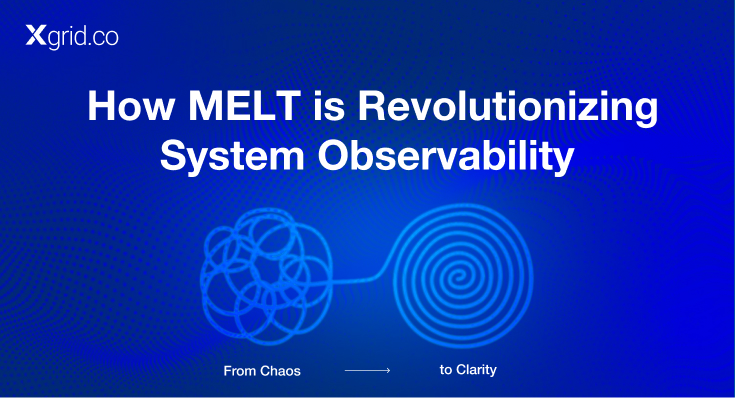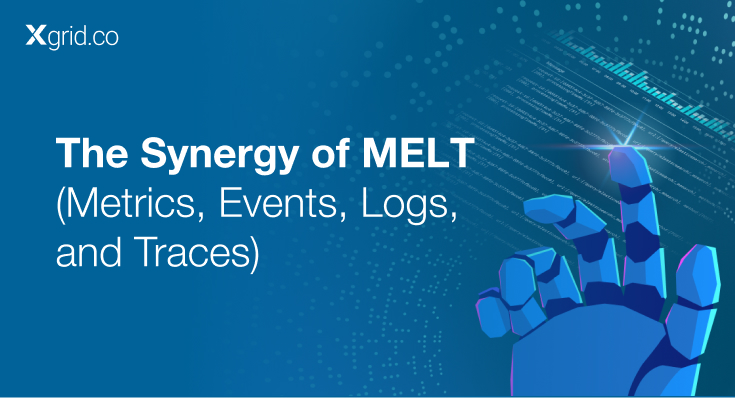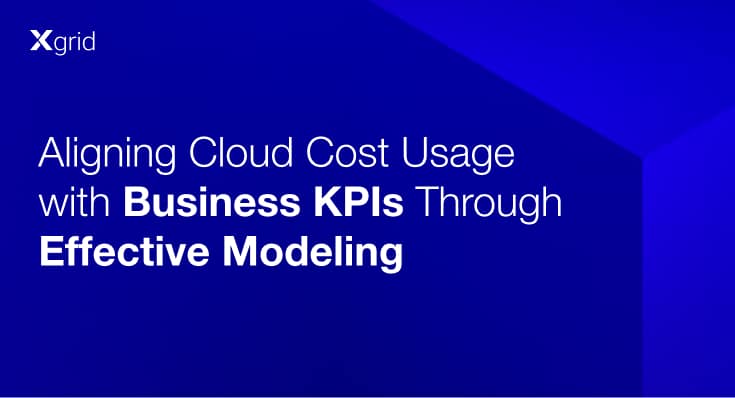Determine Your Cloud Cost Footprint Accurately Before It’s Deployed
As more and more organizations are adopting cloud, the cloud spend is also escalating. Gartner reports that cloud spend has reached $600B. The fact that 30% of this spending is wasted suggests that cloud cost optimization is a major issue.
This fact begs the question that every developer or business wants to know: How can you accurately predict the costs of your application’s footprint before deploying? Cloud cost monitoring & optimization poses significant challenges, making this prediction essential. The answer to this question would be the perfect cloud cost management and optimization strategy. That’s what this article is about.
The Significance of Cloud Cost Calculators
Almost every major cloud provider offers cost calculators, including industry giants like AWS and GCP. These cloud cost optimization tools are invaluable for businesses because they provide an overview of potential expenses based on selected services. Here’s how they work:
- Service Selection – You can choose the services that resonate with your application’s requirements, such as computing power, database usage, storage, and more.
- Interaction Mapping – Understand the interactions between these services, including data transfers, API calls, and networking considerations.
- Monthly Estimation – Once you’ve provided the above details, these calculators give you an estimated monthly cost, helping you plan your budget.
Context Matters: Aligning Costs with Application Needs
While cost calculators provide a general overview, the real challenge lies in understanding the context in which your application operates. This involves evaluating the specific demands of your application, such as its resource requirements, usage patterns, and performance expectations.
By aligning cloud costs with these needs & business KPIs, you can ensure that you’re not overpaying for unnecessary resources or under-provisioning, which could impact performance. This nuanced approach allows for more accurate budgeting and efficient resource allocation, ultimately leading to cost-effective and optimized cloud usage. Some key considerations include:
- Type of Application – Is your application a streaming service, an e-commerce platform, or maybe a data analytics tool? Each type has specific requirements that can influence costs.
- Storage vs. Compute – For instance, if you have a streaming application, you might prioritize storage costs. Conversely, a heavy computational app like a machine learning model might require more computing resources. It’s essential to weigh the costs of storage and computing based on your application’s primary needs.
Hidden Costs and Considerations
Remember, while cost calculators are useful, they might not always account for every expense. Some potential hidden costs include:
Data transfer fees, especially if you’re moving large volumes of data in and out of the cloud.
Additional services or features you might need down the line as your application scales or evolves.
The cost of potential downtime or disruptions, which might vary depending on the cloud provider’s service level agreements (SLAs).
Cloud Cost Modeling Tools are Your Friends
These tools, from cost calculators to more advanced prediction models, offer invaluable insights. They allow users to model potential costs before deploying, thereby avoiding unwelcome financial surprises down the line. However, it’s essential to use them with an understanding of their limitations and the unique requirements of your application.
So, How to Calculate Cloud Computing Costs Before Deployment?
- Use Cloud Cost Calculators – Offered by major providers, they give initial estimates based on service selection and interactions.
- Understand Application Context – Align costs with your app’s specific needs, such as storage vs. compute demands.
- Stay Aware of Hidden Costs – Look for costs not covered by calculators, like data transfer fees or unplanned service additions.
- Adopt Advanced Cost Modeling Tools – For a deeper, more tailored cost prediction beyond basic calculators.





